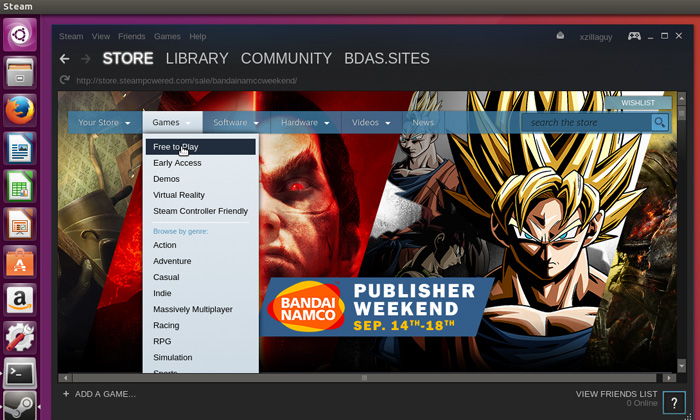

So, Linux might change, but it is still as specialised (not for normal people( as it ever was, but it can be better than vanilla Windows 8.1.

Most people do not want to spend a thousand hours figuring out how to do what XP takes me 1-minute to do. in mysterious places, but they are annoying in tracking down, or handling, and I do not want Linux to be a life-suck. Game Files I shifted/relocated are there. I installed the latest version of Linux Peppermint on my Dual-boot SSD, and have been trying for DAYS to get Steam games to appear on my 1Tb WD Black, But, It seems Linux will not let me find anything installed on it each time I boot up the PC. Originally posted by Maggots Fad:PROBLEM STILL EXISTS in 2018 You can change it to whatever you want if you apply the tutorial to a different directory. Of course, you don't have to use the /mnt/Windows location for mounting your drive. No need to create a separate partition and format to ext4 )Īfter you reboot, add a new steam library location under the downloads tab of the settings and navigate to /mnt/Windows, you should see your drive or partition as normal. (I figured this out from a steam support page here. After that, just continue the tutorial I linked as normal. However once you get to the part of the tutorial where you are editing the /etc/fstab file with gedit, instead of coping and pasting what the writer of the tutorial gives you, type this without quotes: "UUID=(Your UUID) /mnt/Windows ntfs-3g defaults,locale=en_US.utf8 0 0". To use a different drive or partition that is formatted to NTFS for a steam library, first you need to mount your drive to linux.

I'll explain how I did it just in case anyone stumbles across this thread with the same problem. Steam only works on 32-bit, and you’ll need to enable 32-bit support to get driver support automatically when you install the drives.Great news, I figured out some stuff on my own and I can now use my NTFS 2 TB hard drive without creating a separate ext4 partition. You need to make sure that 32-bit support is enabled. The methods for installing the AMD and NVIDIA drivers are different, but there are a couple of things you should do first universally. Driversīefore you can install and use Steam on Ubuntu, you need to make sure that you have the latest drivers configured properly on your system. That means you only ever have to set this all up once, and both Steam and your drivers will keep on rolling with the rest of Ubuntu. On a more positive note, once they’re installed, they’ll stay updated through the regular system updates. Part of that involves enabling 32-bit support on your system.ĭrivers aren’t available through the same channels as they are on Windows, either. Before you even attempt to install Steam, you need to make sure that you have the latest drivers for your graphics card installed and configured properly.


 0 kommentar(er)
0 kommentar(er)
